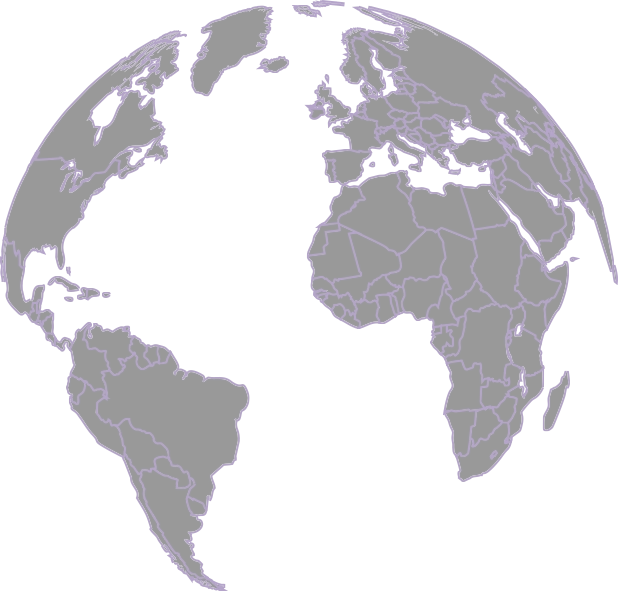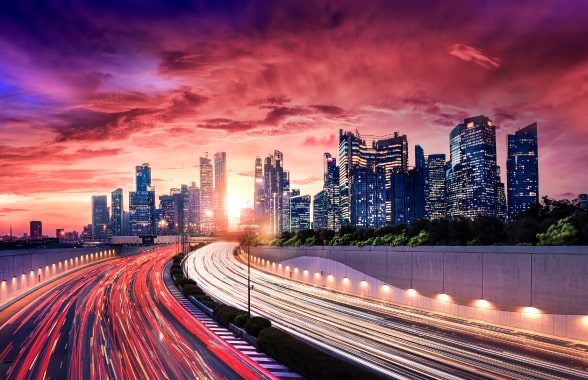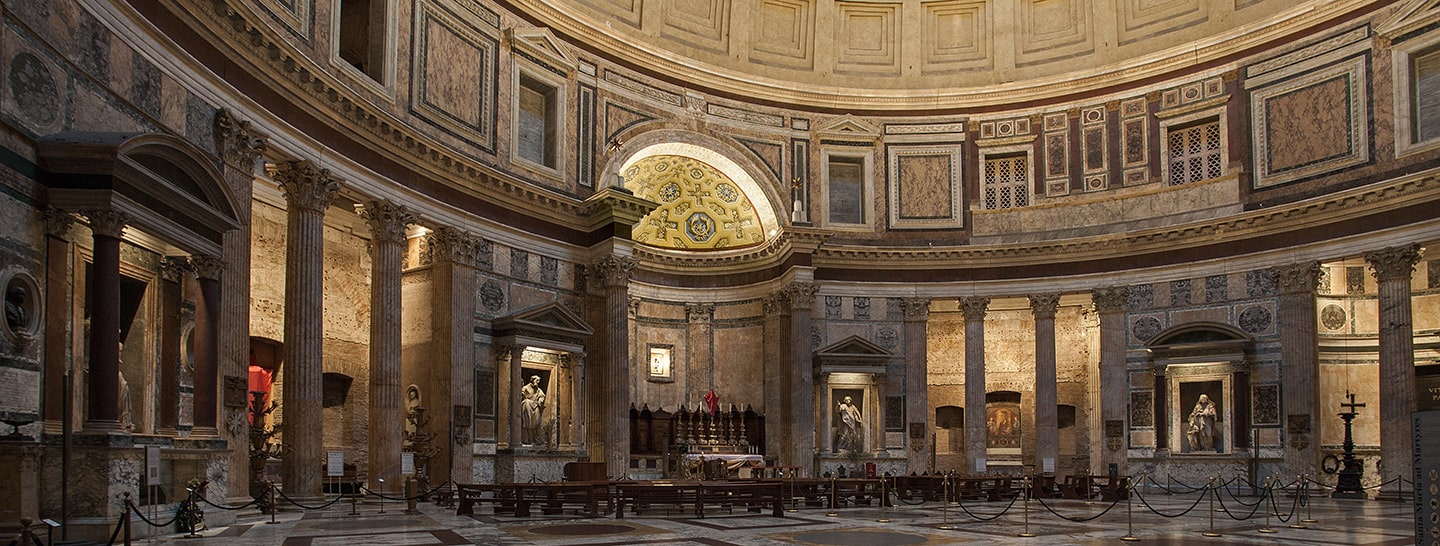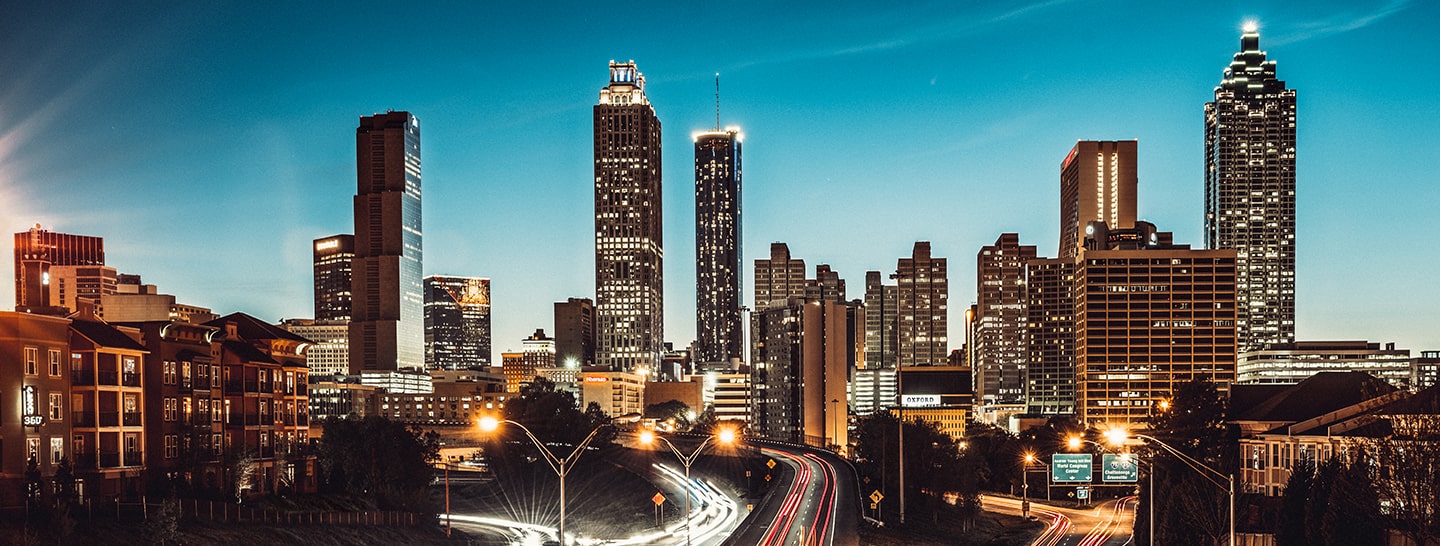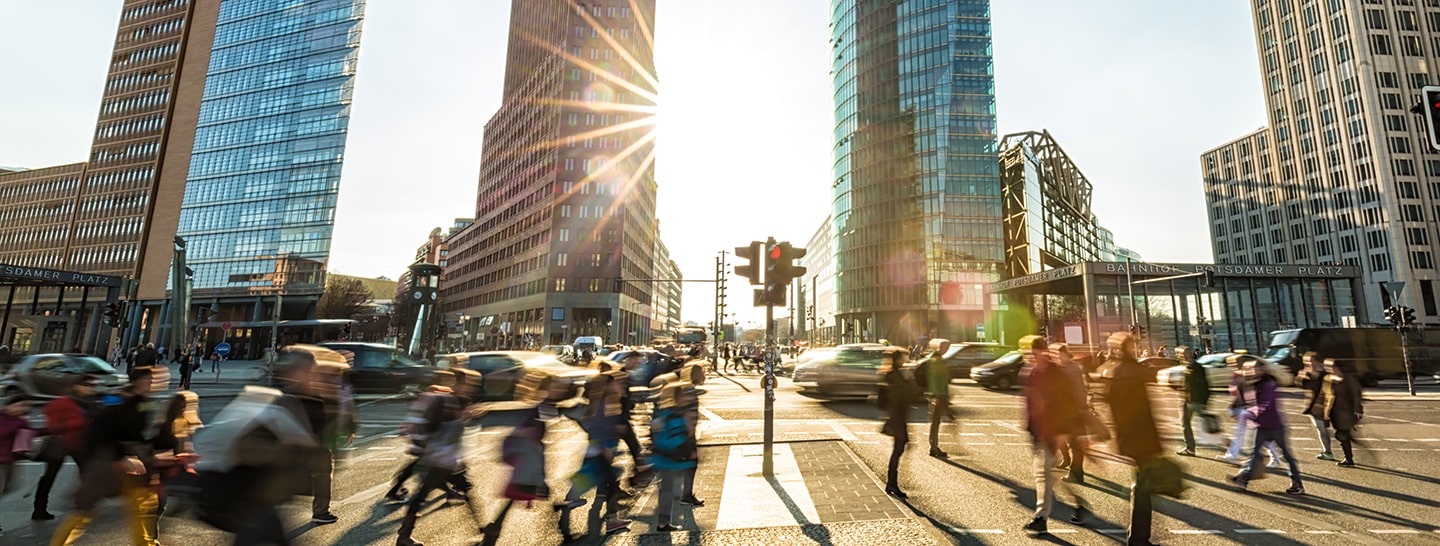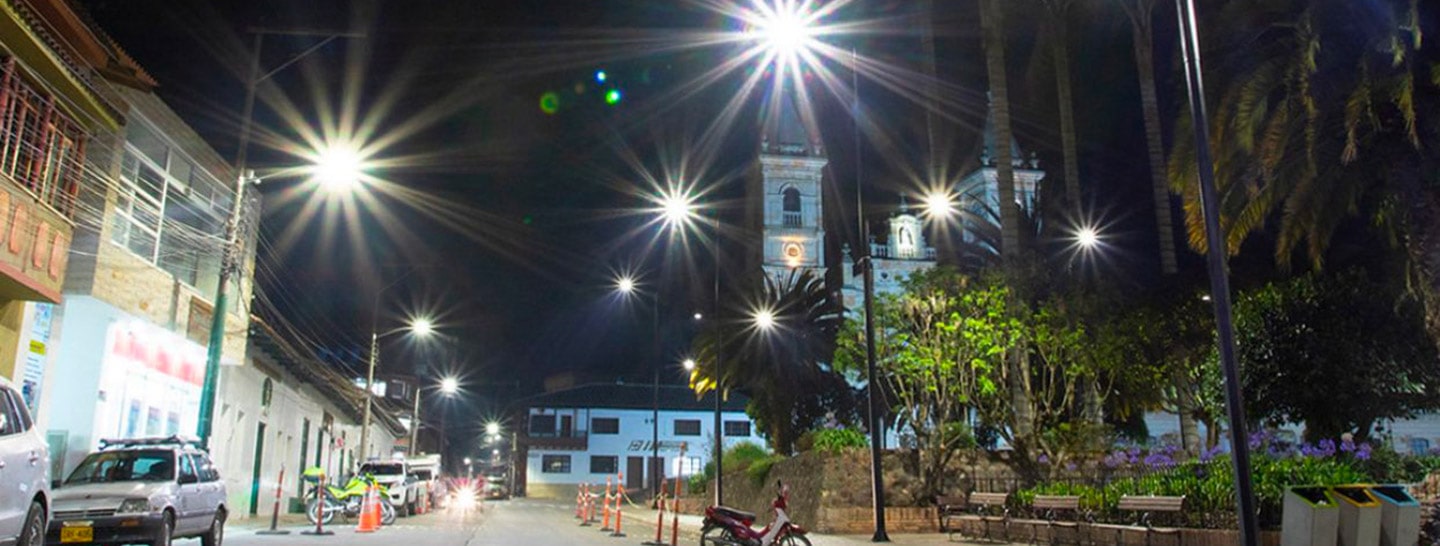The United Nations estimates that more than 55% of the world’s population lives in what it calls “urban settlements,” a figure it expects to increase to 60% of a larger total population by 2030. That puts cities at the center of the organization’s 2030 Agenda for Sustainable Development. The concept of the smart city probably arose after 2008, when major tech companies began talking up the potential for technology to transform cities into high-tech, efficient, centers of innovation. The scope of that model has widened as the importance of cities in beating climate change has grown. And while there is no single definition of exactly what a smart city community is, the basic consensus is that it uses technology to minimize both inputs and outputs. So what is a smart city? It is a sustainable city.
Smart cities are key for sustainable development in line with the UN’s SDGs (Sustainable Development Goals - ed). That’s because, as they look to reduce energy consumption, they can improve performance and management with information-driven solutions for smart grid energy, air quality monitoring, speed controls, road management, and much more besides.
